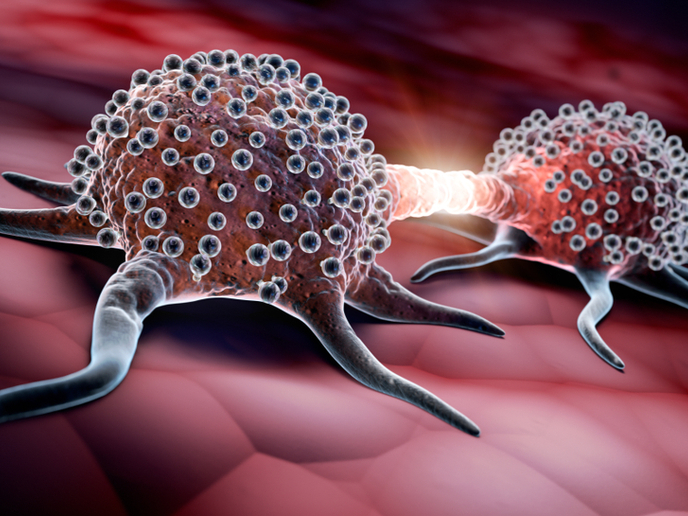Synaptic activity behind memory and learning
The EU-funded project 'Analysing heterogeneity in release of synaptic vesicles' (Wierda-Heterogeneity) focused its research on identifying and isolating single active synapses. Such an achievement means that future research would be able to study typical synaptic activity in the central nervous system (CNS) and how that affects the storage of information in neuronal networks. To reach its goal, the team first had to isolate single CNS synapses by blocking general synaptic transmission in neurons taken directly from a study subject. It achieved this with an infusion of postsynaptic receptor blockers, and then by locally 'unblocking' a single identified synapse. Using a multidisciplinary approach that brought together electrophysiology, fluorescence microscopy and pharmacological tools, the research team was able to assess the efficiency of neurotransmission both before and after synaptic firing. This also allowed Wierda-Heterogeneity to take research forward in separating pre- and postsynaptic plasticity mechanisms. Plasticity is the ability of cell networks to modify their activity as required in order to encode and retain memories. Thus, efficient plasticity mechanisms are also important in learning. As part of the study, project partners focused on the involvement of Synaptotagmin and SNAP-25 candidate genes which are prone to regulate heterogeneity in synaptic vesicle release. In the meantime, individual synapses have been visually identified in neurons in the hippocampus. Also, analyses were performed using neurons without candidate molecules or expressing mutated candidate molecules so as to highlight their role in the efficiency of pre-synaptic release. Wierda-Heterogeneity's research efforts promise new insights into synaptic processing and plasticity. This, in turn, will enhance understanding of human pathogenic mechanisms and offer greater understanding into the pathology of synaptopathies.







